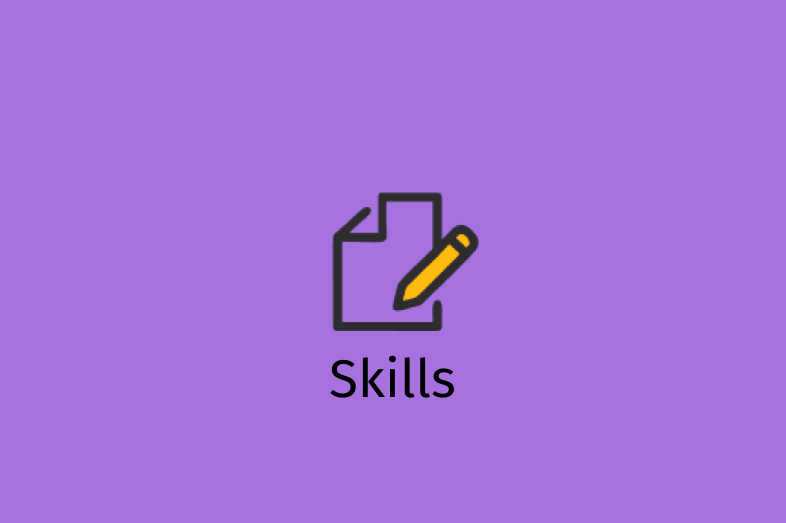
Five Story Angles on College Admissions During the Coronavirus Pandemic
How higher ed reporters can plan for their next enrollment-related story

How higher ed reporters can plan for their next enrollment-related story
Amidst the tsunami of headline-making impacts from the coronavirus, this spring’s closure of nearly all the nation’s 4,200 college campuses could have some of the longest-term effects.
As higher education scrambles to provide instruction and prepare for whatever is next, “the big issue that’s out there is what will enrollment look like in fall 2020,” says Terry Hartle, a senior vice president at the American Council on Education, the largest membership organization of colleges.
What will the nation’s approximately 20 million college students do this summer and fall? Their enrollment decisions – such as trying to return to classes as normal, switching to lower-cost schools, or dropping out altogether – will have potentially life-changing consequences for those students. In addition, those decisions will determine the job prospects for many of the nation’s approximately 4 million higher education professionals, and the financial survival of hundreds of colleges.
In interviews, veteran higher education journalists and experts outline five angles reporters can use to turn this college admissions and enrollment crisis into manageable stories.
The vast majority of the nation’s approximately 2,500 for- and nonprofit private colleges – as well as many public colleges – depend almost entirely on tuition to fund their operations. Institutions experiencing significant drops in new or returning students this fall may have little choice but to close. For smaller private colleges, “if they miss (their targets) by five or 10 students, that is a big deal,” says Pete Boyle, a vice president for the National Association of Independent Colleges and Universities.
Journalists should check with their local colleges, advises Eric Hoover, who has covered admissions for the Chronicle of Higher Education for more than 15 years. He suggests asking each college you cover a standard set of questions about the amount of tuition they need to keep going, the numbers and types of students that translates to, and what they are doing to reach their targets. Then follow up monthly.
Some schools desperate to fill seats are taking cutthroat recruiting to new levels. Hoover has documented that some schools are attempting to recruit away sophomores and juniors at competing institutions, for example, or creating lottery prize pools for rising freshmen who make early binding commitments. New admits who make big early deposits are entered into sweepstakes awarding attractive prizes such as a semester’s free room and board.
“The gloves are off,” Hoover says. One reason for the new aggressiveness: this admissions season is the first since a federal antitrust settlement eliminated many parts of a code of ethics that discouraged colleges from poaching students from each other. Since colleges may not be eager to publicize their recruiting strategies, Hoover recommends journalists build relationships with high school and independent college counselors who are likely to hear about recruiting drives from students.
Additionally, journalists can monitor announcements about college admissions offices’ responses to the pandemic, such as extensions of deposit deadlines, using web tools provided by NACAC or an independent counseling company.
One way to break this important story into more easily manageable pieces is to focus on the admissions and enrollment outlooks for specific subpopulations, Hoover suggests. Among the groups that will be especially newsworthy in the coming months: high-paying international students who may now find it impossible to travel to the U.S.; waitlisted students who, typically, haven’t been offered much financial aid; and those from low-income families, who, research shows, can reap great economic benefits from a good college education but can’t afford today’s tuition prices.
For data and research on international students, Hoover recommends exploring the resources of NAFSA: Association for International Educators and checking out the college’s Common Data Set. (If the college doesn’t make its CDS public, you can look up much of the data for free on collegedata.com.) For background and data on low-income students, he suggests the National College Attainment Network, the Education Trust , and the Jack Kent Cooke Foundation.
Profile a variety of students who have been admitted to or already attend the same college, Hoover suggests. By exploring how students from differing backgrounds respond to the crisis, journalists can show what factors are shaping the educational fates of all Americans in a time of deepening inequality.
These days, most college admissions and enrollment decisions are inextricably entwined with financial aid. Many private colleges, for example, have “need aware” admissions policies – which means students who “need” less aid have a better chance of winning admission.
As millions of Americans lose their jobs, many admitted and enrolled students are likely to appeal to their colleges for additional aid, forcing schools and families to make tough decisions. Even accounting for the $2.2 trillion federal stimulus measure, “no one has a magic pot of money” that will enable colleges to meet the vastly increased need for aid, notes Hoover. (That legislation provides about $31 billion for higher education. Learn more about the federal stimulus in this EWA webinar.)
Journalists have an opportunity to shine light on how colleges respond to the expected flood of appeals, tracking whether those aid decisions reduce – or worsen – inequities.
Your post will be on the website shortly.
We will get back to you shortly